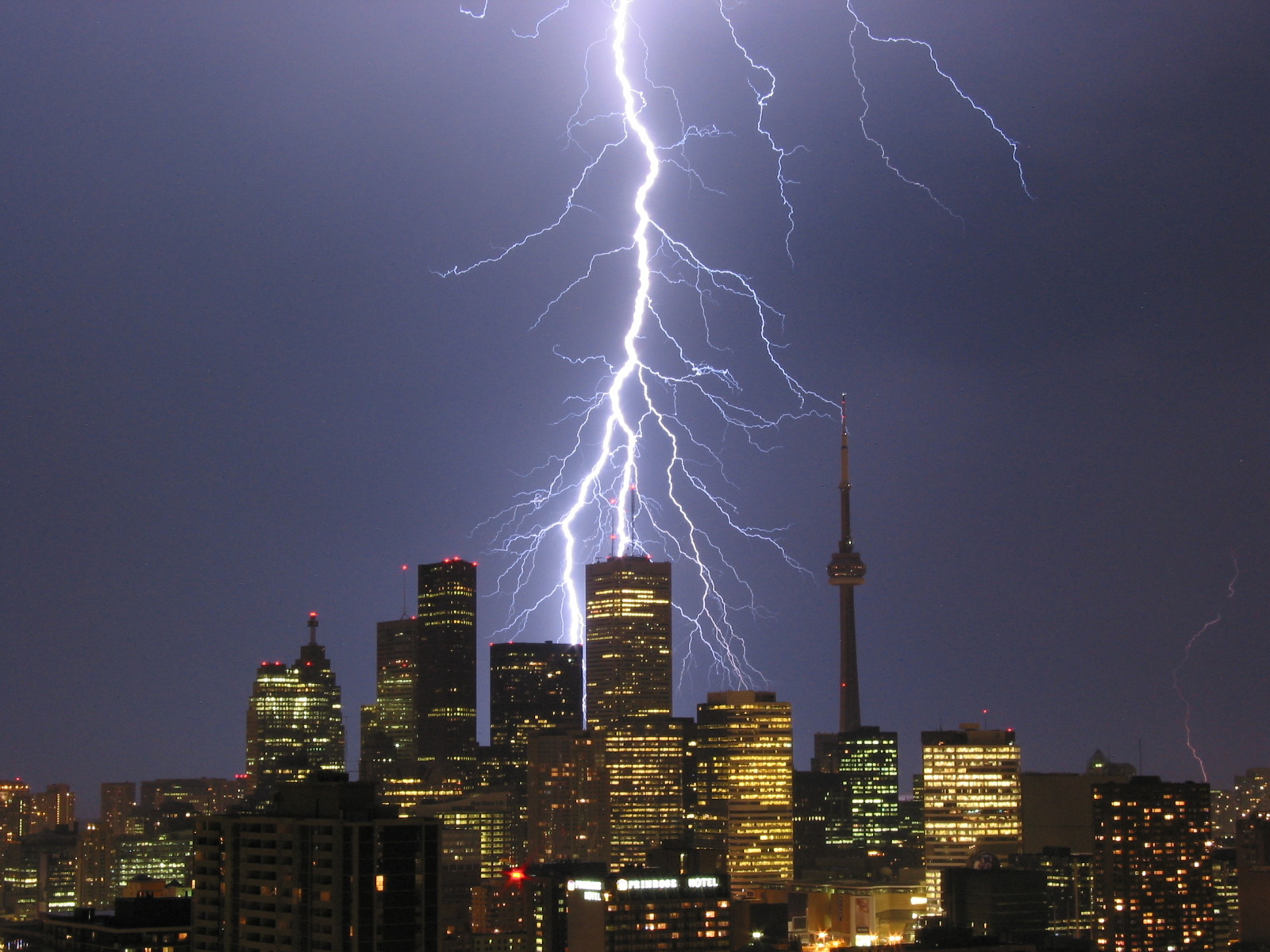Lightning strikes set to increase
Interview with
Every second, the world gets zapped by about 100 lightning bolts - that's nearly 9 million strikes a day. But we could see that number climbing dramatically, owing to climate change according to a new study by scientists at the University of California, Berkley.  This increase could harm people, it could start fires and it could even further intensify global warming itself by producing more greenhouse gases. Victoria Gill told Chris Smith why we can expect more frequent bolts from the blue in future...
This increase could harm people, it could start fires and it could even further intensify global warming itself by producing more greenhouse gases. Victoria Gill told Chris Smith why we can expect more frequent bolts from the blue in future...
Victoria - Lightning, as well as being very dramatic, is really important because it causes chemical reactions to take place in the upper troposphere where our weather is. And our atmosphere being mostly nitrogen and oxygen, that causes lots of chemical reactions between those two gases. So, it produces lots of nitrogen oxide and also feeds chemical reactions for greenhouse gases. So, it's not just this big dramatic display. It's also doing stuff to the chemistry of our atmosphere. What these researchers were trying to find out was exactly how much more lightning we should expect as temperatures increase over the next century.
Chris - And that would be relevant to global warming.
Victoria - That would be relevant to global warming because we already have a temperature increase that's forecast up until 2100. It's also because lightning does change this atmospheric chemistry. It'll also feed it back into that global warming by actually directly and indirectly producing these puffs of greenhouse gases by feeding these chemical reactions.
Chris - So, what did they do?
Victoria - Well, they actually had access to quite an amazing data set. In the US, there's a thing called the National Lightning Detection Network. So, every time you get a lightning strike, you get this electromagnetic pulse and that's picked up by a radio receiver and they can detect that within a 1-km radius. So, they've actually produced this animation of over the year 2011, how many lightning strikes were all over the US. What they can do is then match that with the temperature changes and then they can project that forward and say how many more lightning strikes we'll expect over the next century.
Chris - And how many more can we expect?
Victoria - For every degree Celsius increase in temperature, we get a 12% increase in the frequency of lightning strikes. Now, to put this into real terms, what David Romps at the University of California Berkley says that means, is that for every 2 lightning strikes in the year 2000, there'll be 3 in 2100, so quite a noticeable difference.
Chris - I did read somewhere that at any moment in time, there are 2000 thunderstorms crackling away all around the world. Does it really matter though if we get more lightning strikes by 12% per degree in a hundred years time?
Victoria - People do die from being struck by lightning, but that is very infrequent. But you do see the huge frequency of these thunderstorms in this animated dataset. Every single time one of those lightning strikes is happening, there's this little puff of nitrogen oxide and also, all of this extra energy that's feeding the chemistry in the atmosphere. So, that is contributing to greenhouse gas formation in the atmosphere. Also, lightning storms trigger half the wildfires in the US apparently. So, what that means is that these very unpredictable patterns of lightning are going to increase in frequency and that's going to be triggering more wildfires which is obviously a real problem.
Chris - So, we've got a situation where we could see an acceleration in the numbers of lightning strikes. This could in turn affect the composition of the atmosphere, including producing more greenhouse gases which could in turn, increase the temperature and increase the frequency of lightning even more. So, this is important to sort of model into climate change modelling and scenarios going forward I suppose.
Victoria - Yeah, exactly because those little puffs of nitrogen oxide are very, very small and obviously, very quick. When you see a lightning strike, it's extremely fast. If that's just growing exponentially in its frequency then that's going to build up and become something that is significantly contributing to the change in the chemistry of our atmosphere. This is a really interesting physical and what will be very visible change in our weather that's directly related to global warming.
- Previous Switching off!
- Next Predicting outbreaks with the Internet










Comments
Add a comment